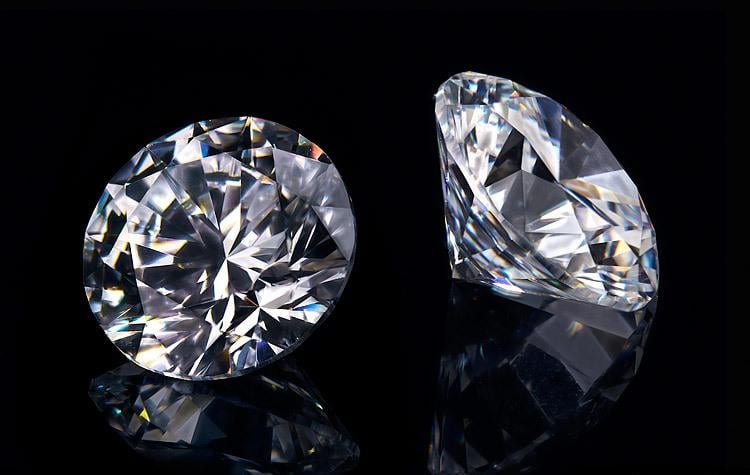
Introduction
HPHT, or High Pressure High Temperature, is a process used primarily in the synthesis of diamonds, mimicking the natural conditions under which diamonds form in the Earth’s mantle. Developed in the 1950s, HPHT remains a critical technique in gemology and materials science for producing high-quality synthetic diamonds and improving the color of natural diamonds.
The Science Behind HPHT
Diamonds form naturally under extreme conditions—pressures of around 5–6 GPa (gigapascals) and temperatures of 1,200–1,500°C (2,192–2,732°F). HPHT replicates these conditions in a controlled environment using specialized presses and heating systems.
Three main types of HPHT presses are commonly used:
-
Belt Press
-
Cubic Press
-
BARS (Boron-Assisted Reaction Synthesis) Press
Each type is capable of producing gem-quality diamonds by applying uniform pressure and heat to a carbon source.
Applications of HPHT
-
Synthetic Diamond Creation
-
HPHT is one of the two main methods (alongside CVD – Chemical Vapor Deposition) used to grow synthetic diamonds.
-
HPHT diamonds are chemically, physically, and optically identical to natural diamonds.
-
-
Color Enhancement
-
HPHT treatment can alter or improve the color of natural diamonds.
-
For example, brownish diamonds can be turned colorless or pink, man made diamonds, depending on their crystal structure and impurities.
-
-
Industrial Uses
-
HPHT is used to produce industrial-grade diamonds for cutting, grinding, and drilling tools.
-
It also aids in the development of superhard materials like cubic boron nitride (cBN).
-
Benefits and Limitations
Advantages:
-
Cost-effective diamond production
-
Control over diamond size, shape, and quality
-
Capability to enhance diamond appearance
Challenges:
-
Requires expensive equipment and high energy input
-
Some treated diamonds must be disclosed to maintain transparency in the gemstone market
-
Synthetic diamonds can be difficult to distinguish from natural ones without proper equipment
HPHT vs. CVD
| Feature | HPHT | CVD |
|---|---|---|
| Pressure/Temp | High pressure & high temperature | Low pressure & high temperature |
| Growth Rate | Faster for small stones | Slower but good for large stones |
| Diamond Type | Often Type Ib or IIa | Typically Type IIa (very pure) |
| Cost | Lower for small stones | Competitive for larger, purer gems |
Conclusion
HPHT technology has revolutionized the diamond industry, offering both a means of creating affordable, ethical diamonds and a method for improving the visual quality of natural stones. As detection methods improve and awareness grows, HPHT continues to shape the future of gemstones and advanced materials.








